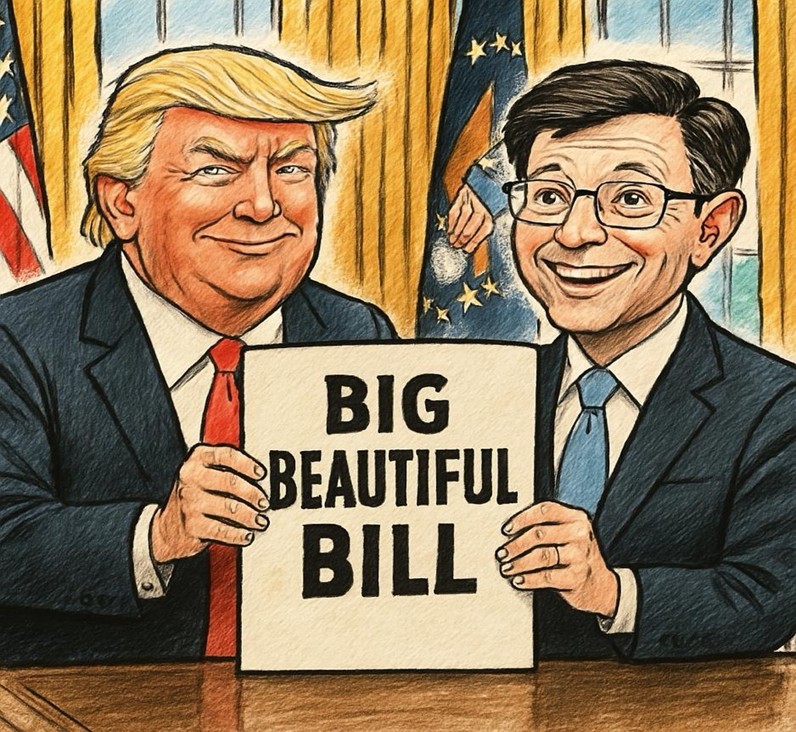Why Buy “Broke” Blue Chips? These 5 Small Caps Pay up to 17%
Brett Owens, Chief Investment StrategistUpdated: June 6, 2025
Small-cap stocks haven’t been this cheap in decades. This valuation advantage gets interesting when we add big fat dividends and today, we’ll discuss five cheap small stocks yielding between 8.3% and 17.1%. (That’s no typo by the way—we only talk serious dividends here at Contrarian Outlook!)
The Apples, Google and Microsofts of the world are priced like luxury goods. Smaller stocks, meanwhile, have been left at the discount rack. Let’s shop:
- S&P 500: 21.2 times earnings (pricey!)
- S&P MidCap 400: 15.4 times (better…)
- S&P SmallCap 600: 14.7 times (bingo!)
The valuation spread between the S&P 500 and S&P 600 hasn’t been this wide since Bill Clinton was wondering whether dot-com was one word or two.… Read more

